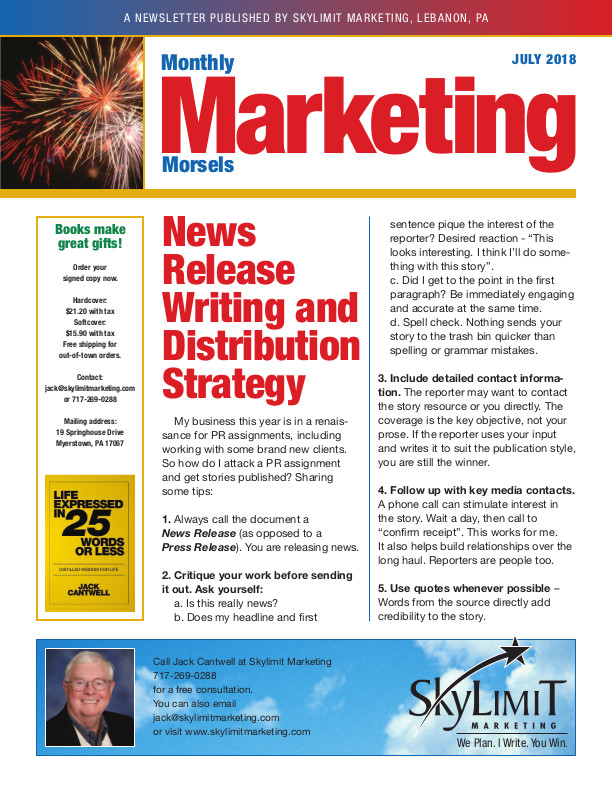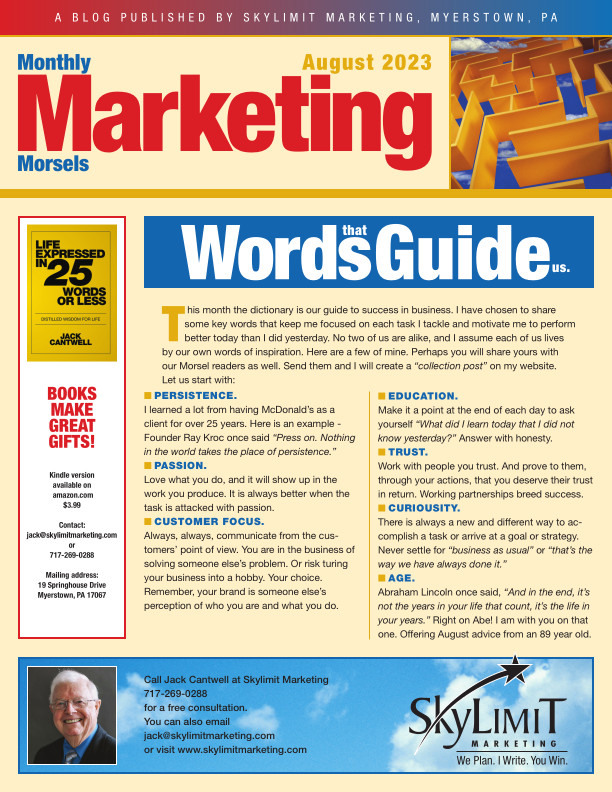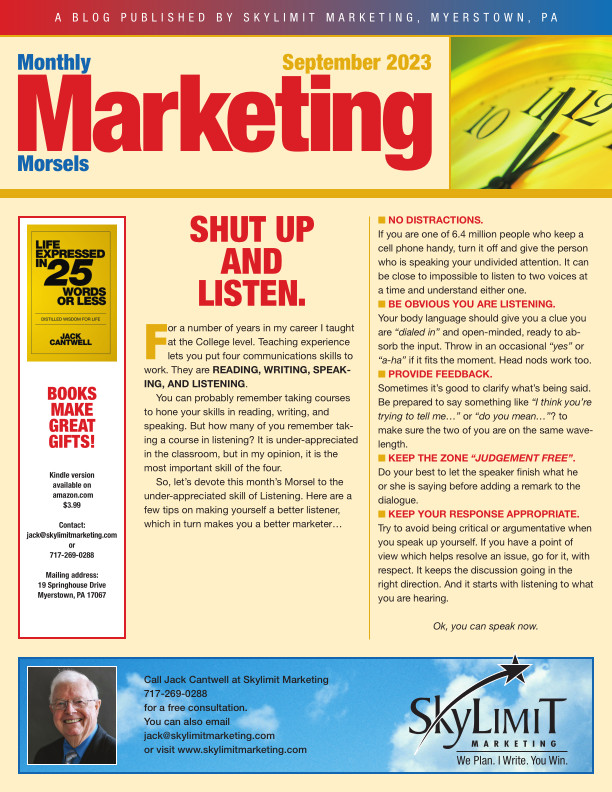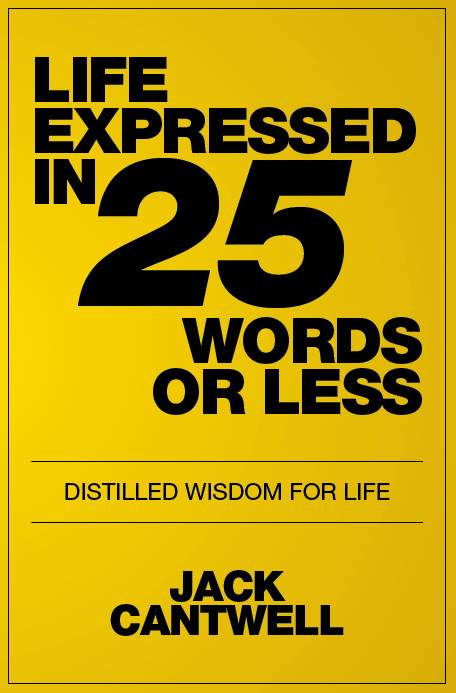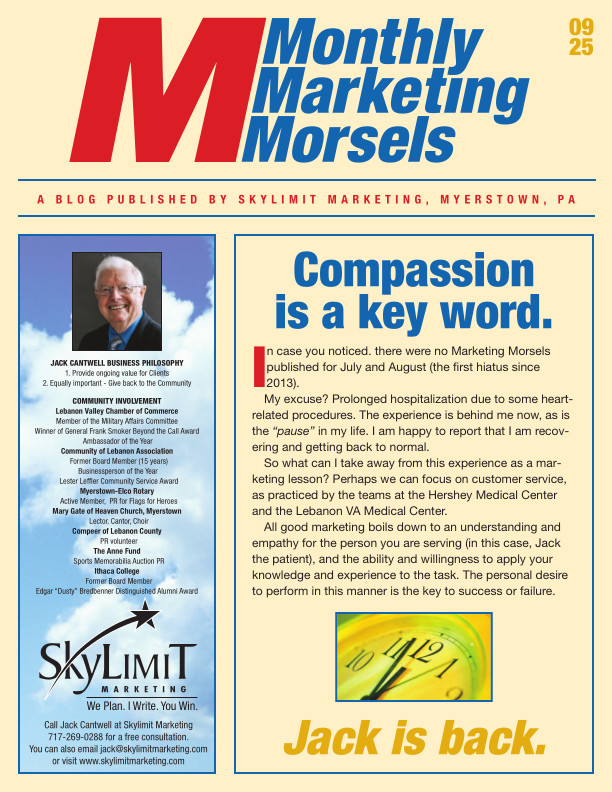1. Always call the document a News Release (as opposed to a Press Release). You are releasing news.
2. Critique your work before sending it out. Ask yourself:
- Is this really news?
- Does my headline and first sentence pique the interest of the reporter? Desired reaction - “This looks interesting. I think I’ll do something with this story”.
- Did I get to the point in the first paragraph? Be immediately engaging and accurate at the same time.
- Spell check. Nothing sends your story to the trash bin quicker than spelling or grammar mistakes.
3. Include detailed contact information. The reporter may want to contact the story resource or you directly. The coverage is the key objective, not your prose. If the reporter uses your input and writes it to suit the publication style, you are still the winner.
4. Follow up with key media contacts. A phone call can stimulate interest in the story. Wait a day, then call to “confirm receipt”. This works for me. It also helps build relationships over the long haul. Reporters are people too.
5. Use quotes whenever possible – Words from the source directly add credibility to the story.
View previous monthly morsels on our Free Marketing Advice page.





